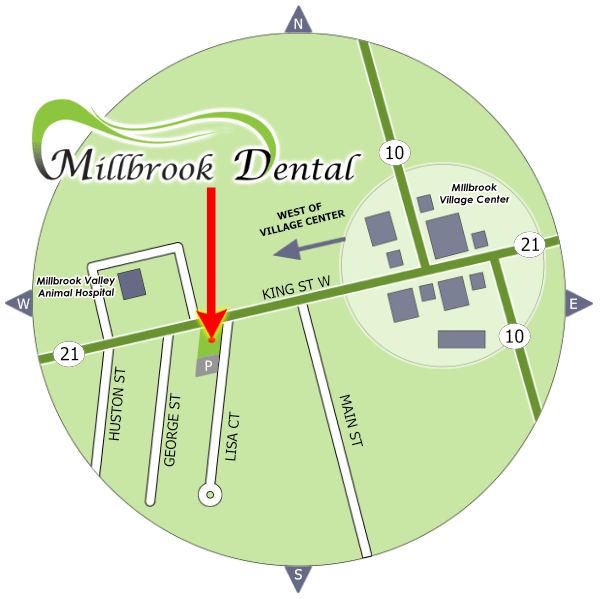705-932-2828
Call Us Today
705-932-2828
Call Us Today
Root Canal
Optimal oral health starts with the health of your natural teeth – keeping them in their best condition for as long as possible. Our endodontic services (any treatments relating to the interior, or pulp, of a tooth), including root canals, give you the option of saving your tooth, rather than extracting it. Once a tooth is extracted, the hole left behind allows other teeth to shift, and the corresponding top or bottom tooth no longer has a match. If it is left empty, this hole will cause more problems over time.
What is a root canal?

If you crack or fracture your tooth, or have a cavity or abscess that infects the nerve and soft pulp of a tooth, a root canal removes the infected tissue, fills the area, and seals your tooth so it does not have to be extracted. A crown may need to be placed on top of the tooth to return it to its natural shape, size, and strength, allowing you to comfortably use that tooth to chew.
Does a root canal hurt?
The infection is what causes the tooth pain, sensitivity, and sore gums, and may be treated with antibiotics before the root canal procedure is performed to minimize any discomfort. The pain is present before the root canal, but not during the root canal procedure. The dentist will use dental anesthetic to numb your gums and teeth before we perform the root canal procedure, so you don’t feel any pain.
How long does a root canal take?
A root canal appointment can take 60 minutes or more, depending on the number of roots affected, the position of the tooth, and the amount of infection. If a crown will be placed on top of the treated tooth, that placement occurs in a subsequent appointment, to allow your gums and infection time to heal. You should limit the amount of chewing or pressure placed on the treated tooth until the crown is in place.
What are root canal symptoms?
What do I do if a tooth that had a root canal hurts again?
If a tooth that previously had a root canal is painful, or showing any signs of infection, it may be time to review the overall health of the tooth, and decide if it is worth saving or should be extracted. We can provide you with all the details you need to make the best decision for your oral health.
Treatment of a painful tooth may include the re-treatment of a root canal, including the addition of a post to support the tooth, with a new crown placed on the tooth afterwards. A crown-lengthening procedure may also be required, removing bone and gum tissue and lowering the gum line, so the crown has more tooth surface on which to adhere. In some cases, where multiple procedures are required, extracting the tooth and replacing with a dental implant can be a clinical and cost comparable alternative. We discuss the options with you to help you decide if the tooth can be saved, or whether a dental implant is a better health and cost decision overall.
Book an Appointment
705-932-2828
Millbrook Dental
Mon-Tues: 8:00 AM – 5:00 PM
Wed: 8:00 AM – 7:00 PM
Thurs: 8:00 AM – 5:00 PM
Friday: By Appointment
Sat-Sun: Closed

1 Lisa Crt., Millbrook, ON L0A 1G0
Located in the Millbrook Medical Dental Centre

